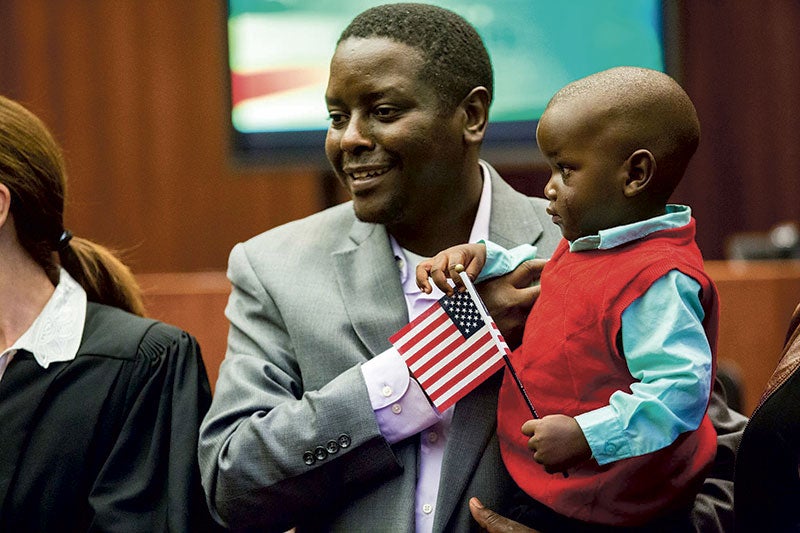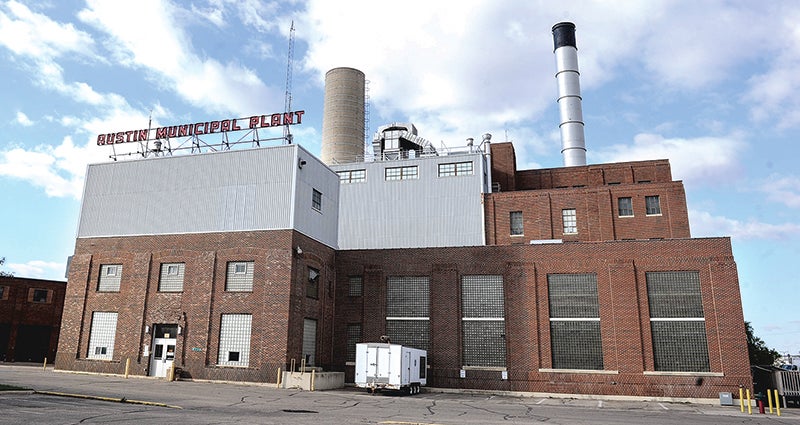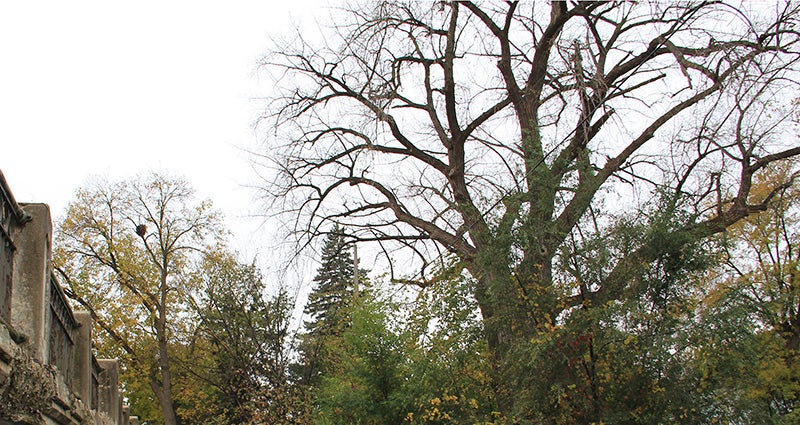‘Backbone of Minnesota’ transportation funding moving slow at legislature
Published 10:23 am Thursday, May 5, 2016
District 27 Sen. Dan Sparks and District 27B Rep. Jeanne Poppe, both DLF-Austin, called transportation the backbone of Minnesota, noting that the Legislature needs to make road and bridge funding a budget target.
“We need to invest now and into the future,” Sparks said. “We are looking for long-term stable funding.”
While the Minnesota legislative session keeps rolling, Minnesotans eagerly await to hear the fate of funding for roads and bridges around the state and in Mower County.
On Monday, Senate Democrats have a plan to borrow $1.5 billion for “a long list” of public works projects in Minnesota.
Much of it will go to road and bridge repairs and they also proposed a 16-cent gasoline tax increase.
On the other hand, House Republicans want to dip into the budget surplus and reroute existing taxes on auto parts sales and car leases into a designated transportation fund.
In the Senate bonding bill, nearly $400 million would provide local road improvement funds, restock a bridge replacement program and pay for railroad overpasses in rural areas.
While Sparks said most of the 2016 road construction projects are in place, they want more investment in roads and bridges.
“We need to lay groundwork now,” Sparks said.
Poppe said the Minnesota Department of Transportation has to determine its priorities and needs to have a five-year plan for funding.
“They’ve got to figure out how to distribute the money,” Poppe said. “They could also infuse it with additional dollars.”
She said the transportation funding needs a financial target to see how much can be spent on fixing roads. Poppe also sits on a capital investment committee that handles roads, bridges and intersection proposals, so if a bridge needs to be repaired, they put a number to the project.
The Senate plan falls short of the 10-year, multi-billion dollar package the Legislature has planned for more than a year. Last week, Gov. Mark Dayton asked lawmakers to provide at least $600 million a year for road and bridge repairs and also another $280 million in mass transit funding.
Poppe said it’s likely there is a significant amount of money in the bonding bill, but they aren’t sure if those will be earmarked proposals or just an amount.
“It depends on how much money there is and where it’s going,” Poppe said. “The leadership from the house and senate need to agree on a budget target.”
Poppe said it’s unclear what will happen. Supplemental finance bills were done in the House and Senate. The House didn’t use any of the surplus money, but instead re-routed the money. The Senate used the surplus money to put them into supplemental insurance area.
He added there is a lot of work to do but it seems to be lining up in good position to bring the session to a successful close on May 23.
The total cost of the Senate bonding bill is $1.5 billion in borrowing and includes extra cash to pay for $1.8 billion in construction.
On Wednesday, Dayton and DFL leaders called on the Republican majority in the House and Speaker Kurt Daudt to release the House’s bonding proposals.
Daudt has vowed to put together a $600 million bill, with a large part of that dedicated to transportation.
— The Associated Press contributed to this report




